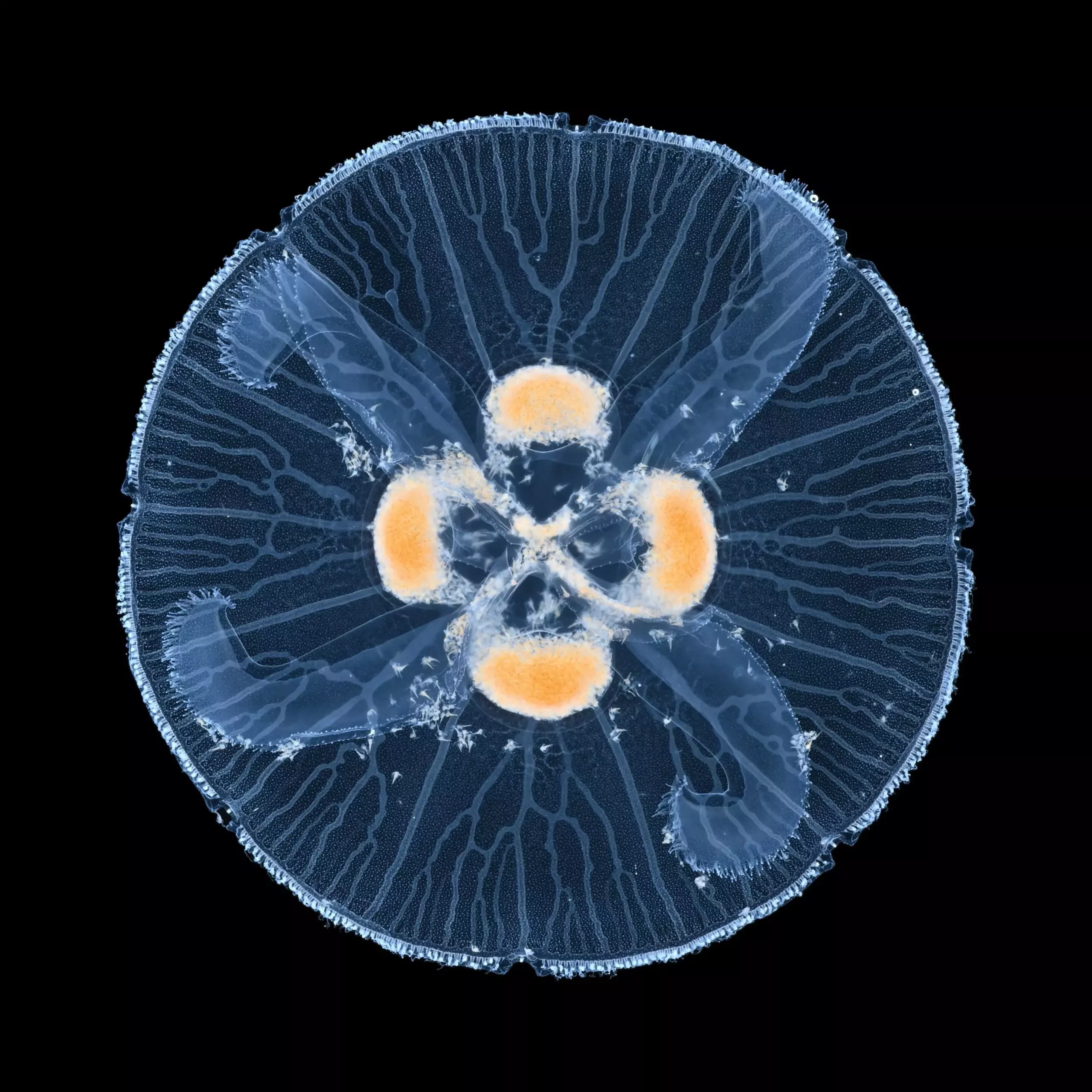Transport networks are prevalent in nature, manifesting in various forms from the intricate networks of blood vessels to the mesmerizing canal systems of jellyfish. A recent study led by an international team of researchers has shed light on the crucial role of loops within these networks, enhancing their stability and functionality. Published in the esteemed journal *Proceedings of the National Academy of Sciences*, this research delves deep into the mechanisms underlying loop formation, offering new perspectives on how these systems adapt and thrive in their environments.
Loops in transport networks serve as essential structural components that bolster resilience against potential damage. A network without loops can be likened to a chain; if one link is severed, the entire system may fail. Conversely, networks characterized by loops exhibit redundancy, allowing for alternative pathways even when certain branches are compromised. This dynamic is particularly vital in biological systems, where efficient nutrient distribution and waste removal are paramount for survival. According to Stanislaw Żukowski, a lead author from the University of Warsaw and Université Paris Cité, understanding these looping structures can unveil broader implications across diverse disciplines, from fluid dynamics to electrical engineering.
Mechanics of Interaction and Attraction
Traditionally, growth in these transport networks has been viewed through the lens of repulsion among branches. However, the team elucidates a transformation in this interaction when network branches approach the system’s boundary. This boundary acts as a catalyst for change, converting repulsion into attraction and facilitating the sudden emergence of loops. Previous research focused on the stability of existing loops; however, this new study uncovers the dynamic processes that enable their formation.
The researchers identified that many transport networks function in response to a diffusive field—measurable phenomena like concentration gradients or pressure variations. As branches expand, the differential resistance between the network and the surrounding medium plays a pivotal role in these processes. For instance, electrical discharges are naturally attracted to lightning conductors due to the latter’s lower resistance. This phenomenon also applies to biological systems, where nutrient transport is facilitated through similar dynamics.
The implications of these findings were illustrated through various case studies, notably involving the gastrovascular network in jellyfish and specific experiments conducted in fluid dynamics. Researchers like Annemiek Cornelissen, who specializes in the morphogenesis of jellyfish canals, observed that when a canal connects to the jellyfish’s stomach—effectively the system’s boundary—shorter canals were drawn toward it, leading to loop formation. The parallels drawn between biological and physical systems reinforce the universality of this phenomenon.
Experiments such as the Saffman-Taylor test, where fluid boundaries display finger-like patterns due to instabilities, further corroborate the idea that looping behaviors are ubiquitous across various systems. Florian Osselin’s contributions in studying gypsum fractures provide additional experimental evidence where these dynamics are manifested.
Future Trends and Applications
Moving forward, the implications of these findings extend beyond the immediate realm of physical and biological networks. Understanding the mechanics of loop formation could pave the way for advancements in the fields of material science and engineering. By applying the principles uncovered in this research, innovative designs for more resilient transport systems may become a reality—one that can better withstand disruptions and improve efficiency.
As researchers continue to explore systems governed by diffusive fluxes, there remains a sense of excitement regarding the potential discovery of loop formation in previously unexplored networks. This line of inquiry not only enhances our comprehension of existing systems but also fuels curiosity about the myriad ways nature has solved complex problems through elegant structural adaptations.
The exploration of loop formations within natural transport networks unveils profound insights into the inherent mechanics that govern stability and resilience across various systems. The transformative process from repulsion to attraction, as elucidated by the research team, challenges traditional perceptions and opens avenues for further investigation. This study not only enriches our understanding of biological systems like the canal networks in jellyfish but also has far-reaching implications for engineering and technology, enabling the development of systems that reflect the ingenuity found in nature. The research underscores a vital reminder: the simplicity of nature often conceals robust complexities that we continue to unravel through scientific inquiry.

